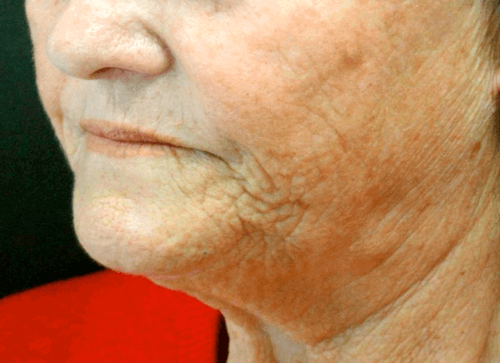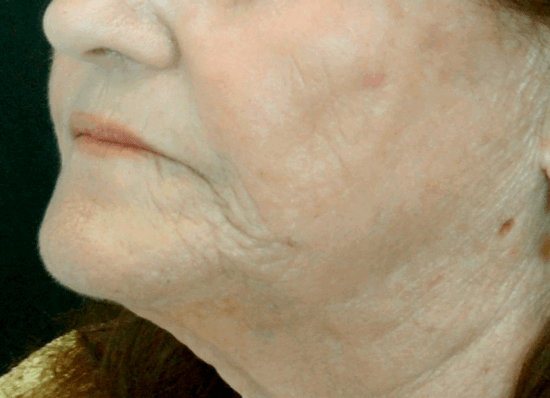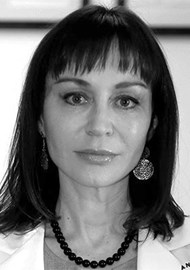Cutaneous ageing of the jowls and neck gives rise to a combination of multiple symptoms – skin laxity, sagging, wrinkles, dyspigmentation, and textural and volumetric changes to the skin.
A single symptom can often be dealt with by a single solution; fillers will compensate for volume loss, Botox will compensate for the mimetic muscles causing the nasal labial fold, and peels deal with dyspigmentation and surface irregularities. Tissue laxity and sagging require replacement of collagen which may be achieved as a result of a wound healing response caused by controlled heating. However, a combination of these symptoms requires a combinatory approach.
eTwo™ is a fractional ablative radiofrequency (RF) device that causes heat to be generated in tissue by the resistance of that tissue to the flow of electrons generated. Energy is delivered to the treatment area via a large number of small electrode pins, and travels through the tissue to return electrodes at the periphery of the treatment area. The device is indicated for the treatment of wrinkles, sagging and volumetric changes.
Controlled heat damage, at a temperature of 55-65°C, causes irreversible collagen denaturation, with scattered shortening and thickening of collagen fibres, resulting in the immediate appearance of a tightening effect due to shrinkage [1]. Denaturation results in dermal neocollagenesis arising from fibroblast stimulation – an active remodelling process – while the fractional pattern ensures a reservoir of healthy skin exists between the electrode plates, giving lower downtime.


Figure 1: Before and after photos of a patient treated with fractional
RF & 20% TCA peel (courtesy of Professor Ines Verner).
Histochemically, neocollagenesis can be proven by a progressive increase in the HSP47 marker, which diffuses through the dermis in the 10 weeks or so post treatment [2]. Histochemistry also shows an increase in levels of matrix metalloproteinases (MMP), a mild increase in MMP-1 and MMP-3 responsible for collagen breakdown, and a higher expression of MMP-9 and MMP-13 responsible for remodelling. This reflects in a relatively high elevation in collagen, elastin and hyaluronic acid.
The procedure
While patient satisfaction in respect of tightening and sagging is high with fractional RF alone, this does not meet the full needs of those patients who additionally present with significant dyspigmentation or surface irregularities. This is resolved by first treating with a 20% trichloroacetic acid (TCA) peel, which targets the epidermis, followed immediately by eTwo treatment of the jowls and neck. This ‘Radiopeel’ offers a multilayer approach, giving a superior result to RF alone but with no increased downtime and no other side-effects. Most typically a course of three to five treatments is required, depending on the severity of the problem.
For those patients who present with volume loss, combining the use of fillers with treatment of laxity and wrinkles gives an improved result, requiring less filler and improving filler durability. However, it requires an understanding of pathophysiology to avoid shorter durability arising from deep volumetric heating. A slower but more certain improvement can be obtained by injecting two weeks after the course of eTwo treatments, and this also allows the use of higher energy. However, to accede to the patients’ desire for immediacy, the most used protocol is to first treat with fillers and to begin a course of Radiopeel treatments after an interval of two weeks, using a lower energy over the filler site to prevent any degradation.
In all cases, some immediate improvement is seen, from the filler, or the tightening effect caused by shrinkage from collagen denaturation. This is followed by slow increase in collagen giving a gradual but natural improvement to the skin.
References
1. BD Zelickson, et al. Histological & ultrastructural evaluation of the effects of radiofrequency-based nonablative dermal remodelling device. Arch Derm 2004;140:204‑9.
2. Hantash BM, et al. Bipolar fractional RF induces widespread neocollagenesis. Laser in Surg Med 2009;41:1-9.
COMMENTS ARE WELCOME





